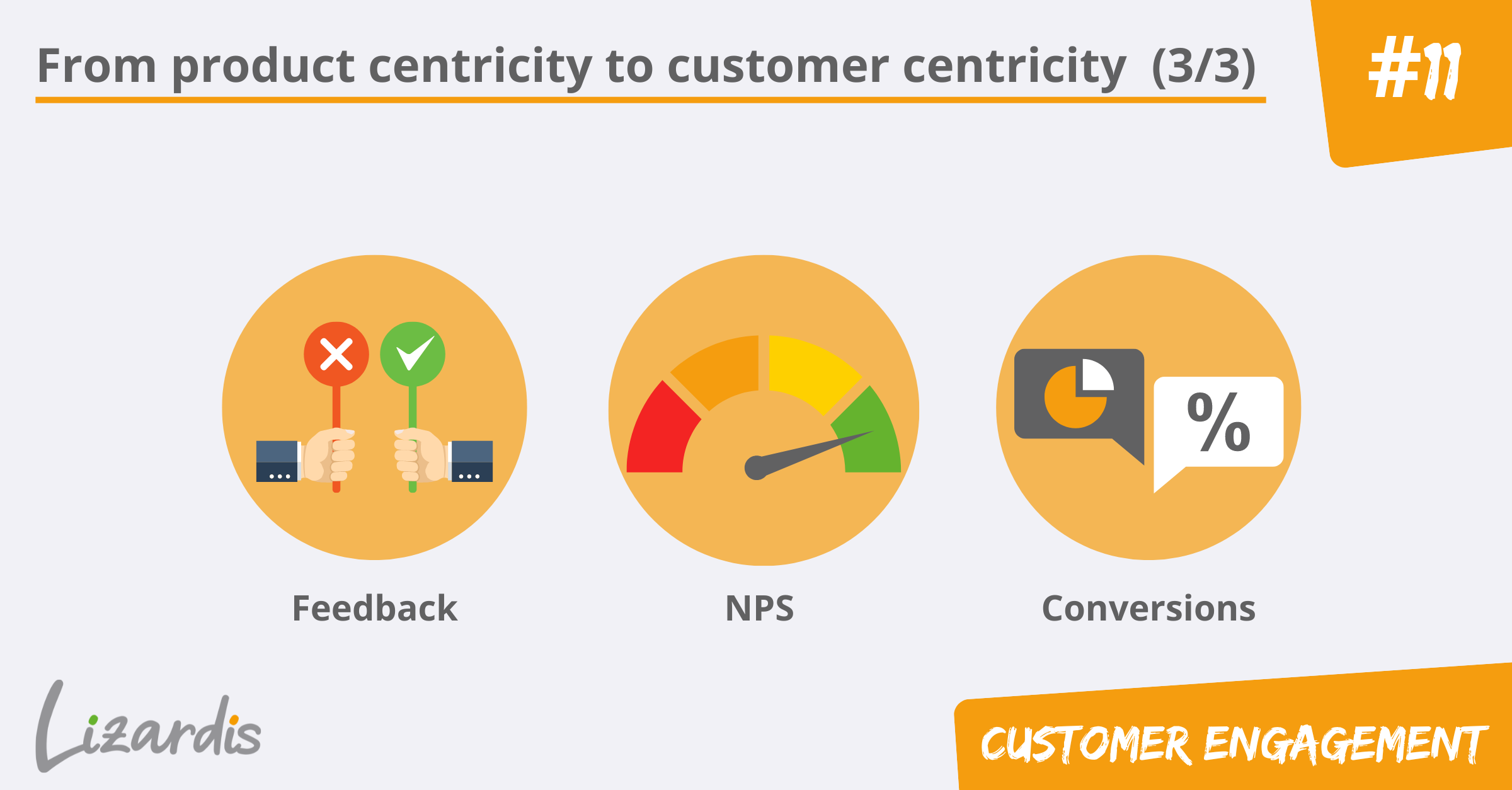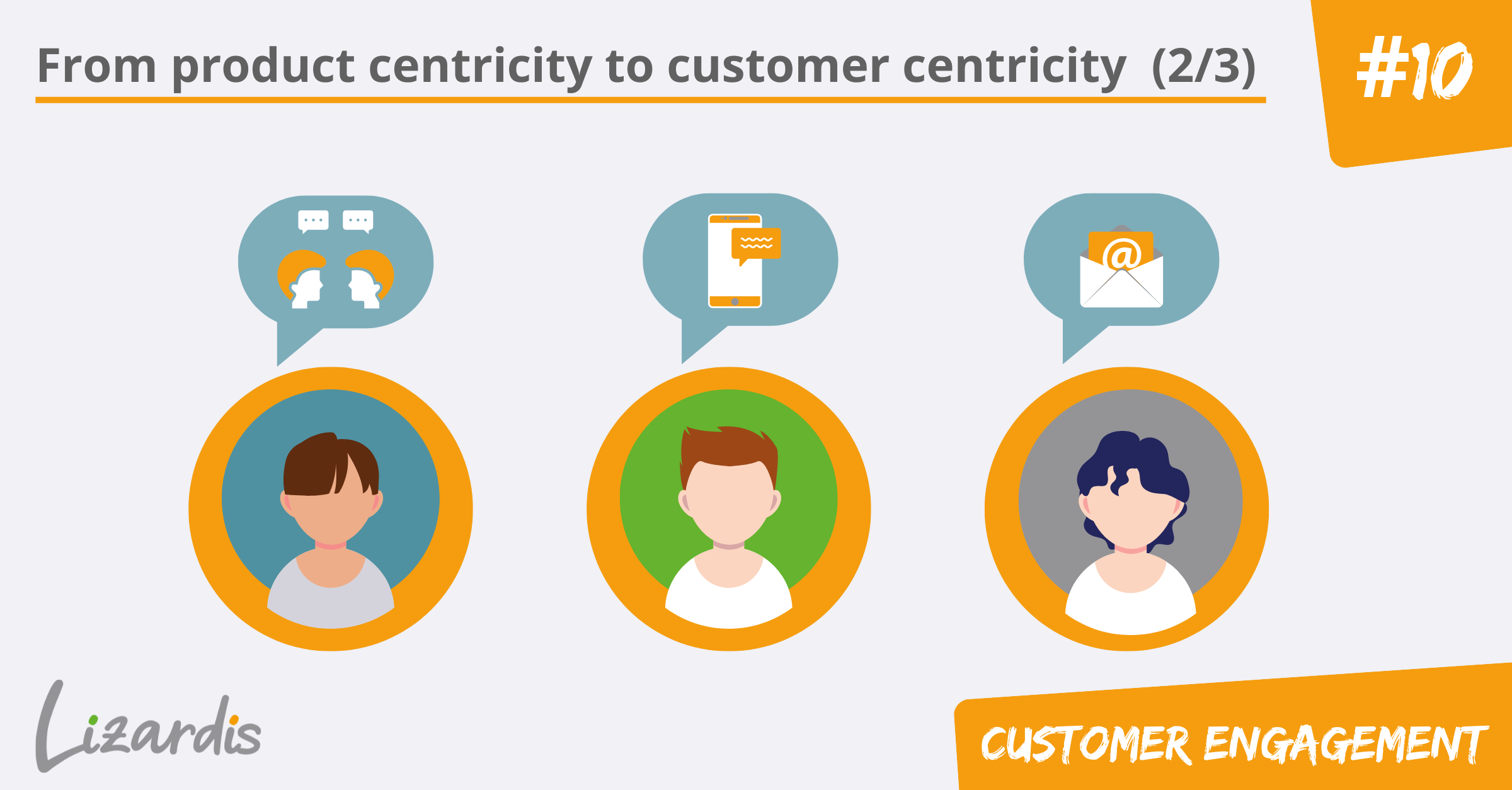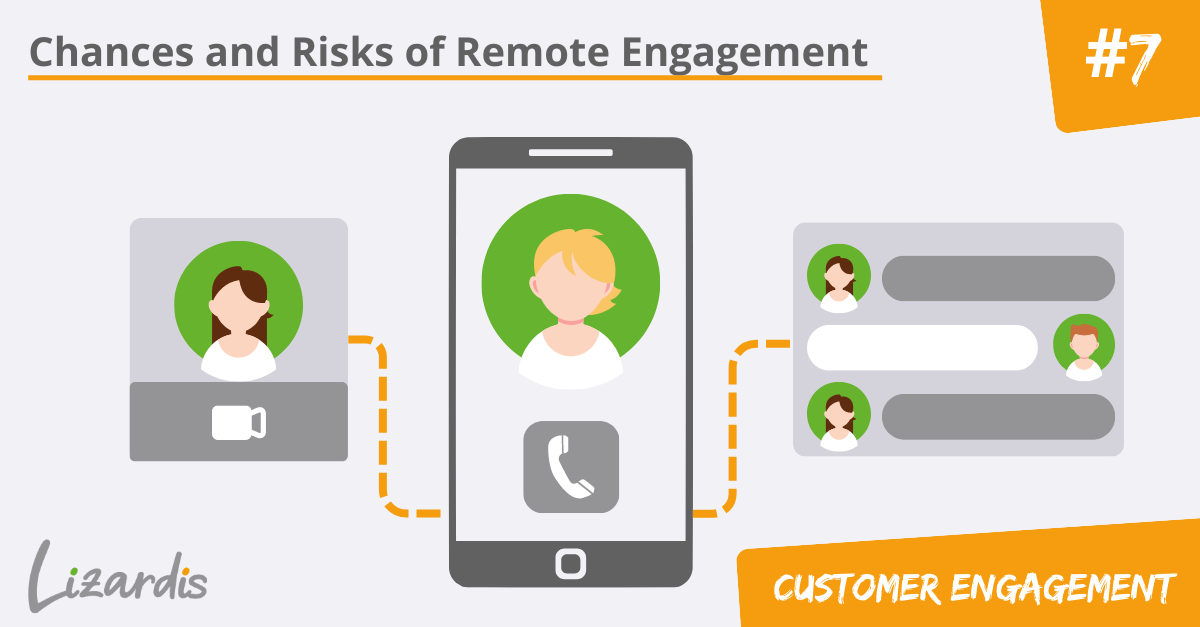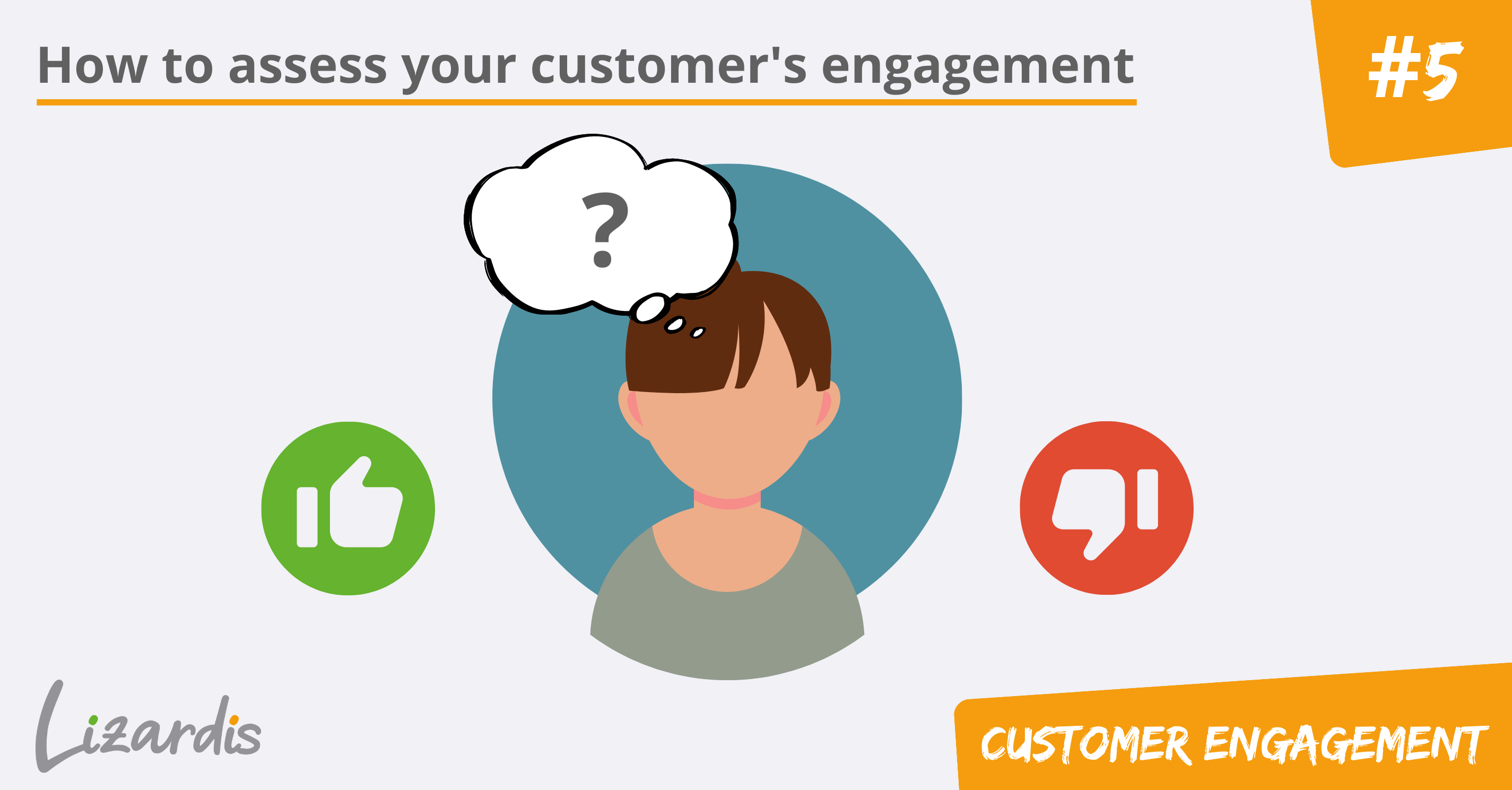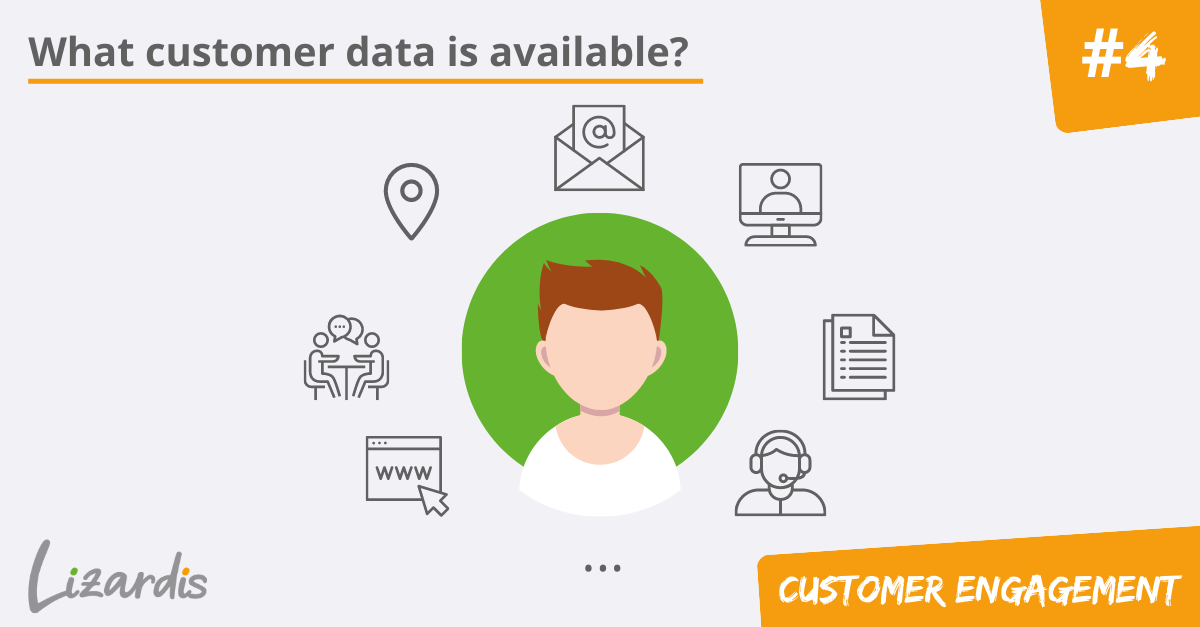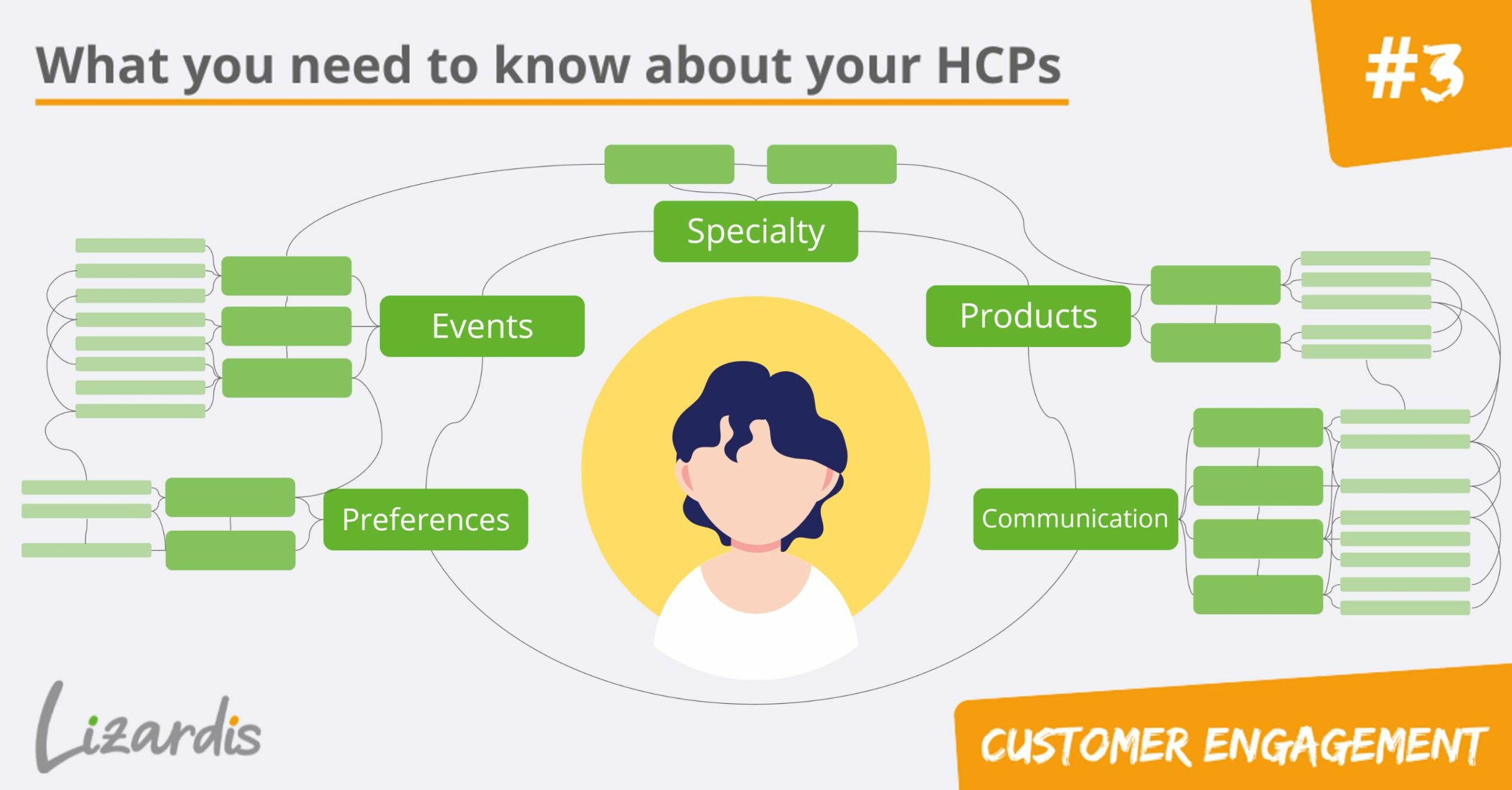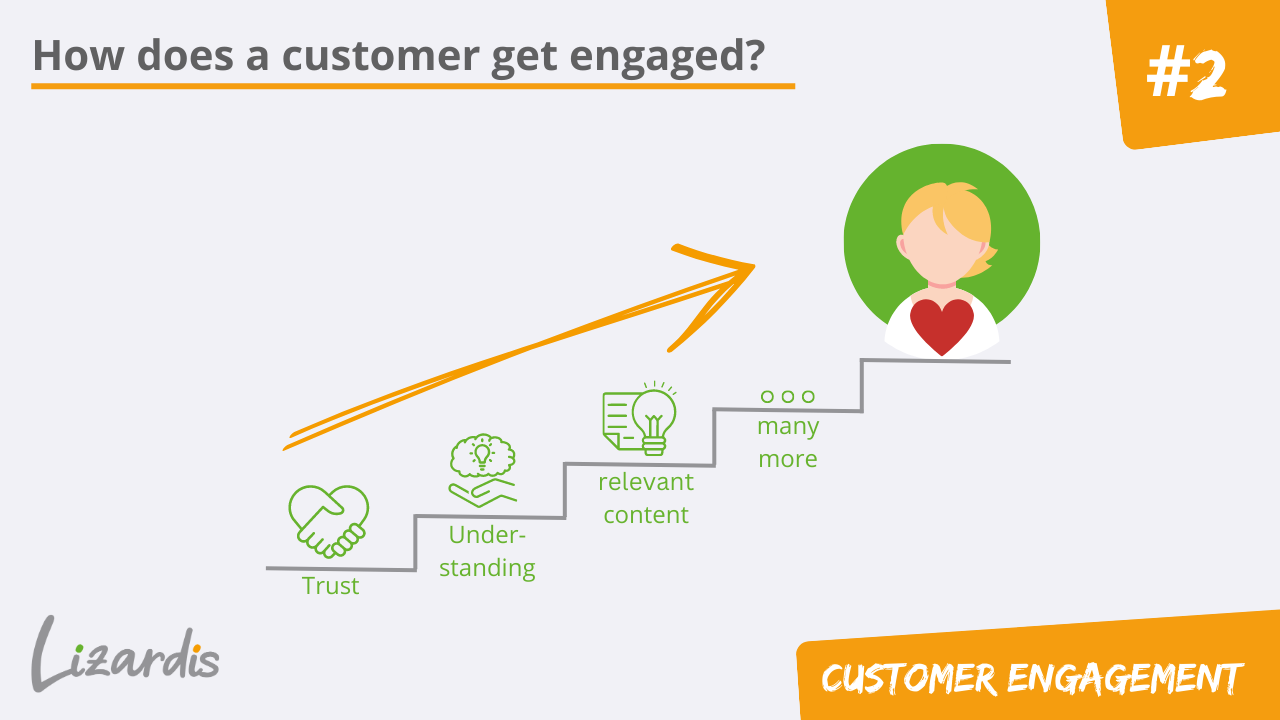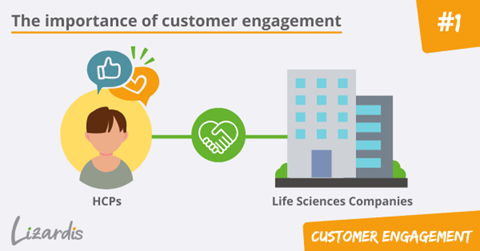Hannover, 06.03.2023
Last week, my colleague Marcos Garcia Villas addressed the topic of what questions you, as a life sciences company, should sensibly ask yourself in relation to customers in order to obtain relevant data for customer engagement and to derive suitable measures from this. Following on from this, I would therefore like to dedicate this article to the following three questions: “What types of customer data are there?“, “Which systems are used to capture and map this data?” and “How do you prepare the data for analysis?”
Because merely knowing what questions I should ask in relation to customers will not get me the results I’m looking for. It is essential to find the answers to the questions in the customer data and to link this data to be able to derive relevant statements for measures.
In this regard, the following considerations will help you:
What types of data on HCPs already exist in your organization?
Not all data is the same. To gain insights and derive measures from them, it is important to classify and structure the data. Generally, 5 different types of data can be distinguished, which I would like to describe briefly below:
Now that we know what types of data there can be on HCPs and HCOs, let’s look at where this data is being mapped and captured in the 2nd part of this article.
In which systems is customer data being recorded?
Not all the above data is collected by only one system. The list of tools used to capture data can be as manageable as it can be endless. The following list of systems that are commonly used to collect data on HCPs and HCOs in life sciences companies is therefore not claiming to be exhaustive, but rather represents the most important and most common solutions only:
CRM System
Whether a life sciences company uses Veeva CRM, OCE from IQVIA, salesforce or another system as a customer relationship management solution is not something we will discuss any further here. All CRM systems have in common that they serve to record all activities of the persons of a life science company who have contacts with HCPs and HCOs, in order to make an important contribution to the so-called 360° view of the customer. In this context, we also refer to this as customer centricity. All the channels that a Sales Rep, for example, uses to contact HCPs can be mapped in modern CRM solutions. Channels, such as:
represent both traditional forms of contact as well as modern and digital ones.
In addition to the basic demographic data and the pure activity data, however, all other types of data are also recorded and mapped in a CRM system. To name a few examples:
-
- Geographic data, e.g. through data change requests
- Technographic data, such as:
- Participation in remote calls via a browser or using certain apps, like Veeva Engage
- Recorded questions from the HCP in Approved Notes or Compliant Chat during remote calls or online events, if being used
- Psychographic data , e.g. in the form of
- feedback on individual CLM presentation slides and key messages
- opening of Rep triggered emails received
- clicks on links in rep triggered emails
- medical inquiries that allow conclusions to be drawn about prescribing behavior, but also about HCP interests
- Assessment and experience of the sales representative or MSL on specific issues.
Occasionally, individual data can also be assigned to different types of data or allow corresponding conclusions to be drawn. For example, an HCP’s participation in a remote call informs me, on one level, that there is a digital affinity. At the same time, the customer’s dial-up also indicates that he sees the remote call channel as a valuable alternative to other channels and that he would like to use his time flexibly as well as productively.
But before we turn to the next system under consideration, I would like to briefly return to the assessment or experience aspect of the field force or MSL. The observations of the HCP’s direct contacts are immensely valuable as they are gained directly through customer interactions. Openly expressed feedback on presented content, individual contributions from rep triggered emails or participation in events as well as the associated conclusions can only be obtained as so-called insights by the named groups of people. Nevertheless, a life sciences company must ensure that the digital storage of such insights complies with existing data protection regulations. After all, it is imperative to avoid violating one’s own compliance regulations and the code-of-conduct guidelines of the FSA, vfa, or any other association to which one is affiliated. Solutions such as Approved Notes or Compliant Chat can support in this regard.
Campaign Management System
A system used as part of an omnichannel strategy, such as Marketo, Adobe Campaign, or Salesforce Marketing Cloud, allows the planning, execution, and evaluation of email marketing campaigns as part of the customer journey management. These systems must contain demographic data on the HCPs, as well as activity data in the form of e-mail addresses and the associated opt-ins, i.e., the customers’ consent to use their e-mail addresses. Once again, the additional data collected can generally be subdivided into different types of data. Opening such an e-mail as well as clicking on a link in the e-mail, the subsequent visit to a website and the time spent on it are both technographic and psychographic data and, in turn, allow corresponding conclusions to be drawn with regard to interests, surfing behavior and times at which an HCP engages with topics of the type conveyed.
Order Management System / ERP System
Systems through which orders are entered by HCOs in CHC and OTC, for example, as well as ERP systems where direct sales are being recorded, provide valuable activity and behavioral data on what HCOs have ordered and in what quantities, time periods and batches. In addition, they provide information on orders that were placed only as part of corresponding promotions, discounts granted to HCOs, payment behavior, and whether the purchaser acted individually or as part of a buying group, as is regularly the case with pharmacies.
Accordingly, it is then also possible to evaluate which HCOs belong to this composite in order to identify networks and dependencies. This data can then again be assigned to other types of data, e.g., geographic data regarding the distribution of HCOs within a purchasing group, but also psychographic data regarding purchasing behavior. Did the order volume increase or decrease? Were orders always placed only as part of promotional offers? And in terms of direct sales recorded in the ERP system: what proportion did Ex Factory, Base or Market Sales account for?
Events and Contract Management System
- For the mapping of processes in event and contract management, there are systems that can do everything, such as Cvent, or different systems that only map sub-processes and are orchestrated accordingly, such as a combination of
- Cvent for the management of event venues and the invitations of attendees,
- a common CRM system for the management of the overall process,
- a spending and expense solution such as Concur,
- and a system for managing related contracts, such as Adobe Sign or DocuSign.
In each case, existing demographic, activity, and behavioral data are used to plan, approve, organize, and document events, as well as to manage HCPs as contractors with their hourly and daily rates and contracts. The data obtained during this process, both regarding the participants and the speakers, moderators or consultants commissioned, provide information on all other types of data, but in particular on psychographic data such as:
-
- Who is presenting on which topic and why?
- Which HCPs are interested?
- Who attends an onsite, remote or hybrid event?
- Where are the invited HCPS coming from at an onsite event?
- Who asked what question and who provided answers?
- What magnetism do certain speakers and attendees have on other HCPs?
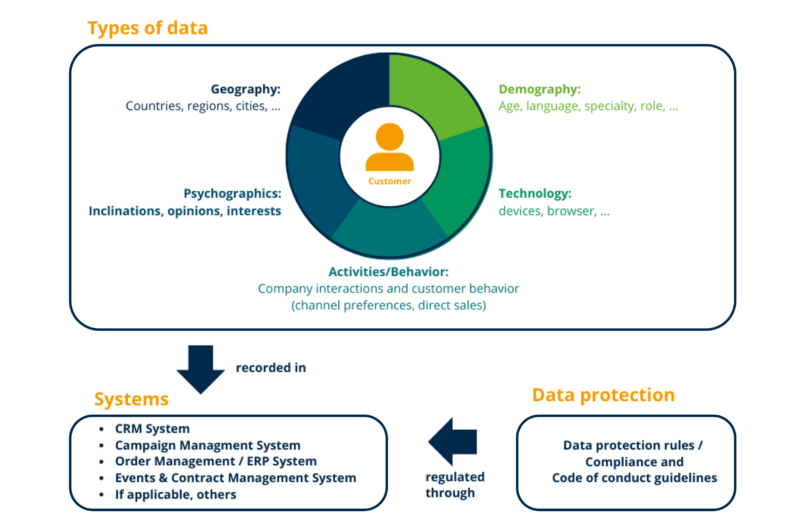
Now that we have looked at what types of data there are and in which systems they are recorded and mapped, we come to the last question of this article.
How can data be prepared for customer engagement?
As we have seen, customer data is captured in a variety of systems, even those that are not primarily intended for such purposes. These include, for example, web and mail servers, which collect customer data to the extent that they are used to route content to customers or make it available to them, as well as to track any reactions that may have taken place, such as opening and click-through rates. To evaluate customer engagement for HCPs, data needs to be aggregated into one system. There are several different approaches that can be taken into consideration here.
The consolidation can be done in a data warehouse or data lake. It is possible to use a master data management system (MDM) introduced specifically for this purpose, however, the CRM system itself can also be used for this task. Finally, a so-called Customer Data Platform (CDP) also comes into question. The advantage of such a consolidation, e.g. in a CDP, is that the data can be matched, merged, de-duplicated, cleansed and enriched during the transformation to obtain a unified customer profile. Such customer profiles, also called “golden records”, provide a complete view of the HCP, including every touchpoint and, in the case of HCOs, every transaction.
Customer data management solutions are the key to enabling optimized marketing and sales processes. As already described, the solutions must extract data from other systems such as eCommerce platforms, websites, CRM systems and other apps, before converting it into a format that can be used by many business units and departments in life sciences companies, with the marketing team being the most important.
When connecting all the systems involved, it is also important that, in addition to the interfaces, links are set from the satellite systems into the Customer Data Management solution as the leading system, which not only regulate the flow of data, but also enables navigation for end users with the appropriate authorization.
Before we delve further into the interaction of all the systems involved, next week we will first devote ourselves to the topic of what data a life sciences company can use to show that the HCP is engaged.
You want more insights?
Check out our other blog articles about customer engagement!
Omnichannel-Management: From product centricity to customer centricity (3/3)
How do you measure the success of your omnichannel strategy and customer-centric approach? Learn more about possible methods for measuring omnichannel efforts.
Omnichannel-Management: From product centricity to customer centricity (2/3)
The successful implementation of omnichannel requires an organizational change away from traditional silo thinking towards customer orientation.
Rep Triggered Email platforms – What is the most sensible way to integrate this channel to promote customer loyalty?
In this article, I will review the so-called Rep Triggered Emails channel. I will outline what approaches exist for this channel in the life sciences industry, what tools are used and what data can be obtained in this way.
Remote Engagement – what opportunities does it offer for life science companies?
In this post, I will focus on the remote call channel (also referred to as remote engagement, video call, or video conferencing), in particular and describe how to successfully use the channel.
Use this data to assess your customer’s engagement as a life sciences company
Which data and insights help me to assess customer engagement as a life sciences company? And how can I improve customer engagement? Learn more in this article.
What customer data is available to life sciences companies?
Correct data collection & processing is not the favorite topic of many, but immensely important! Without data no information & therefore no reliable statements.
This is what you should know about your customers in the life sciences industry
Learn here, what you as a life sciences companies should know about your customers to inspire them to further engagement, and how to come to that knowledge.
How to turn a customer into an engaged customer
There are several factors for influencing a customer to become an engaged customer. These include - amongst others - trust, understanding and relevant content. Learn more.
What is customer engagement and why is it so important?
Everyone is talking about customer engagement. But what excatly is it, why is it important and how do I optimize customer engagement? Learn more in our blog post.


